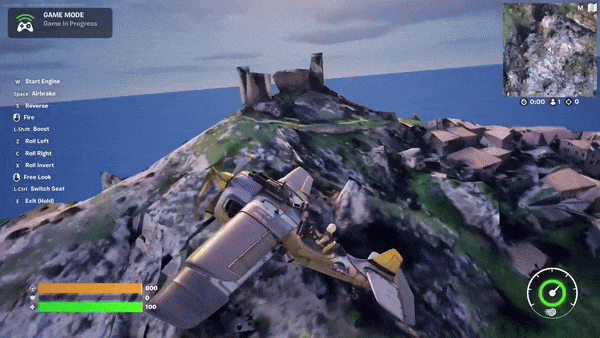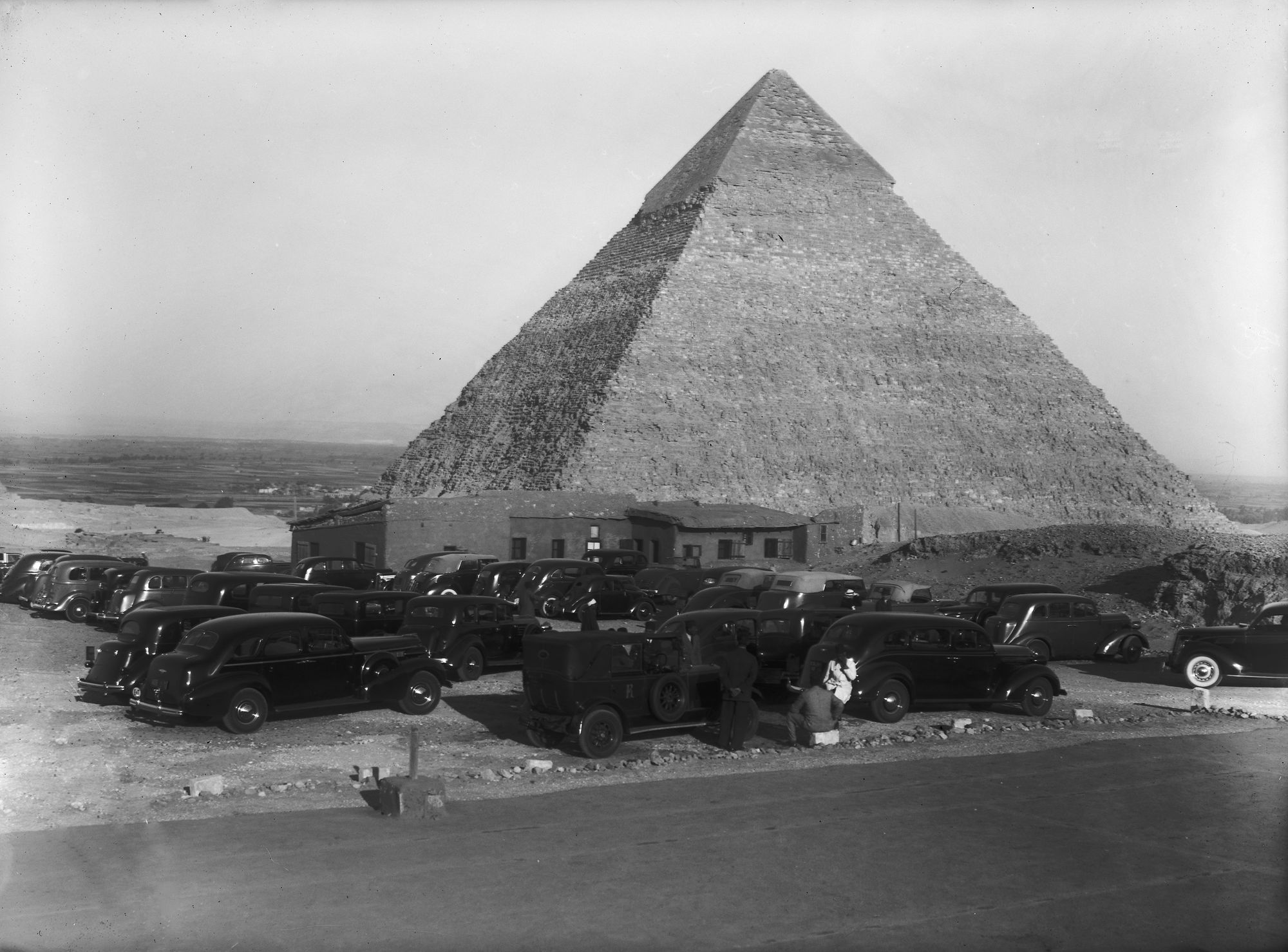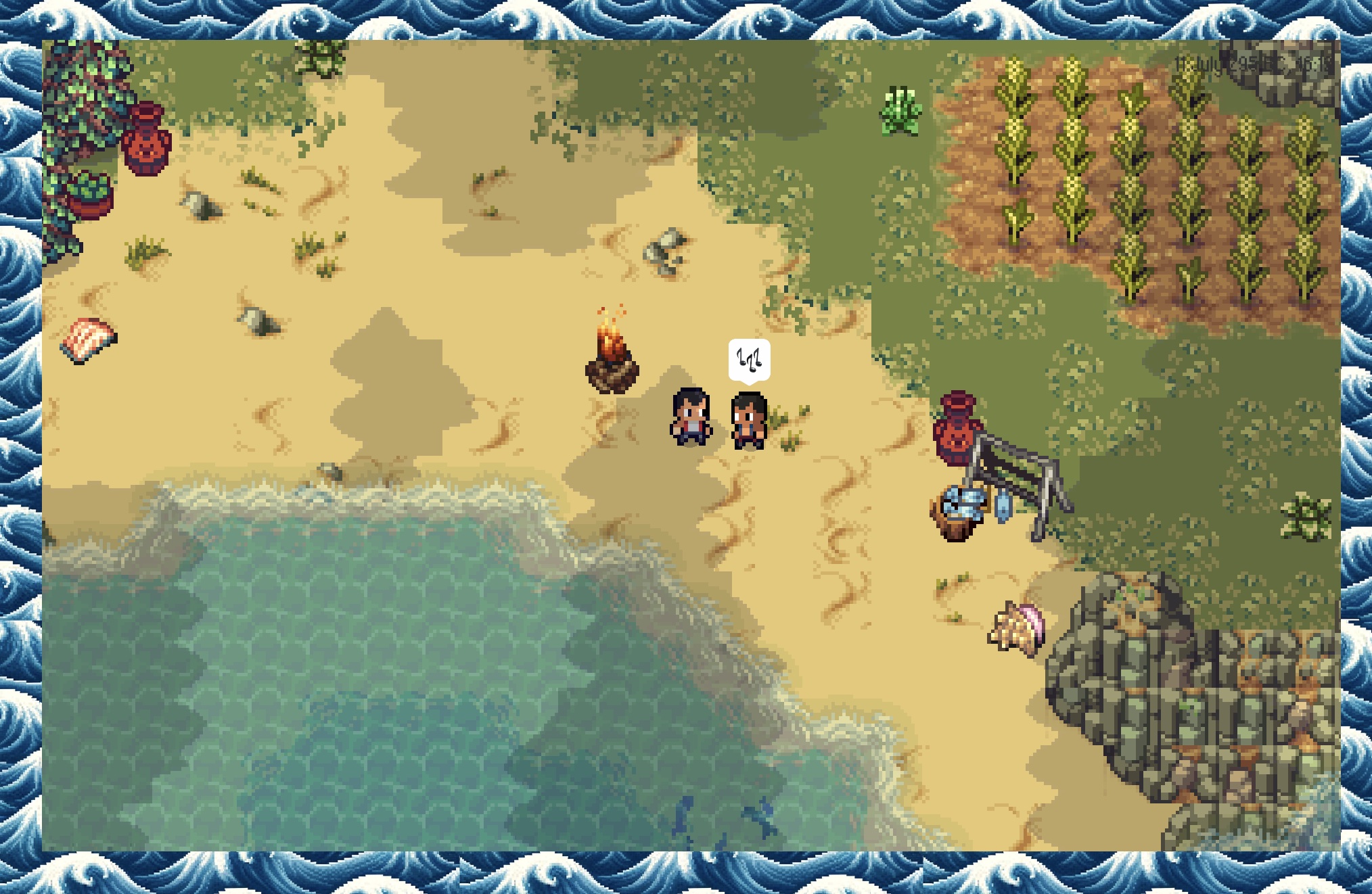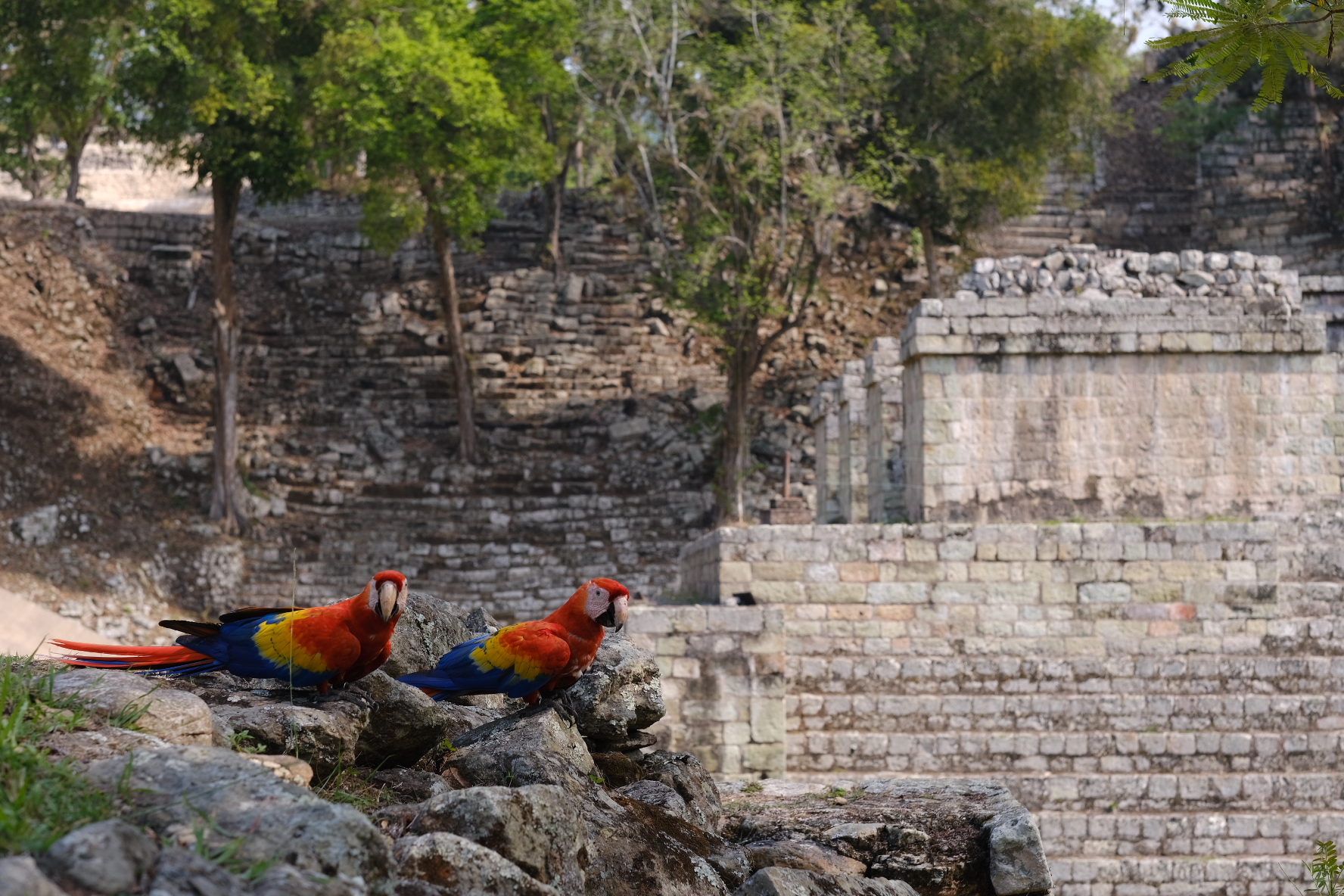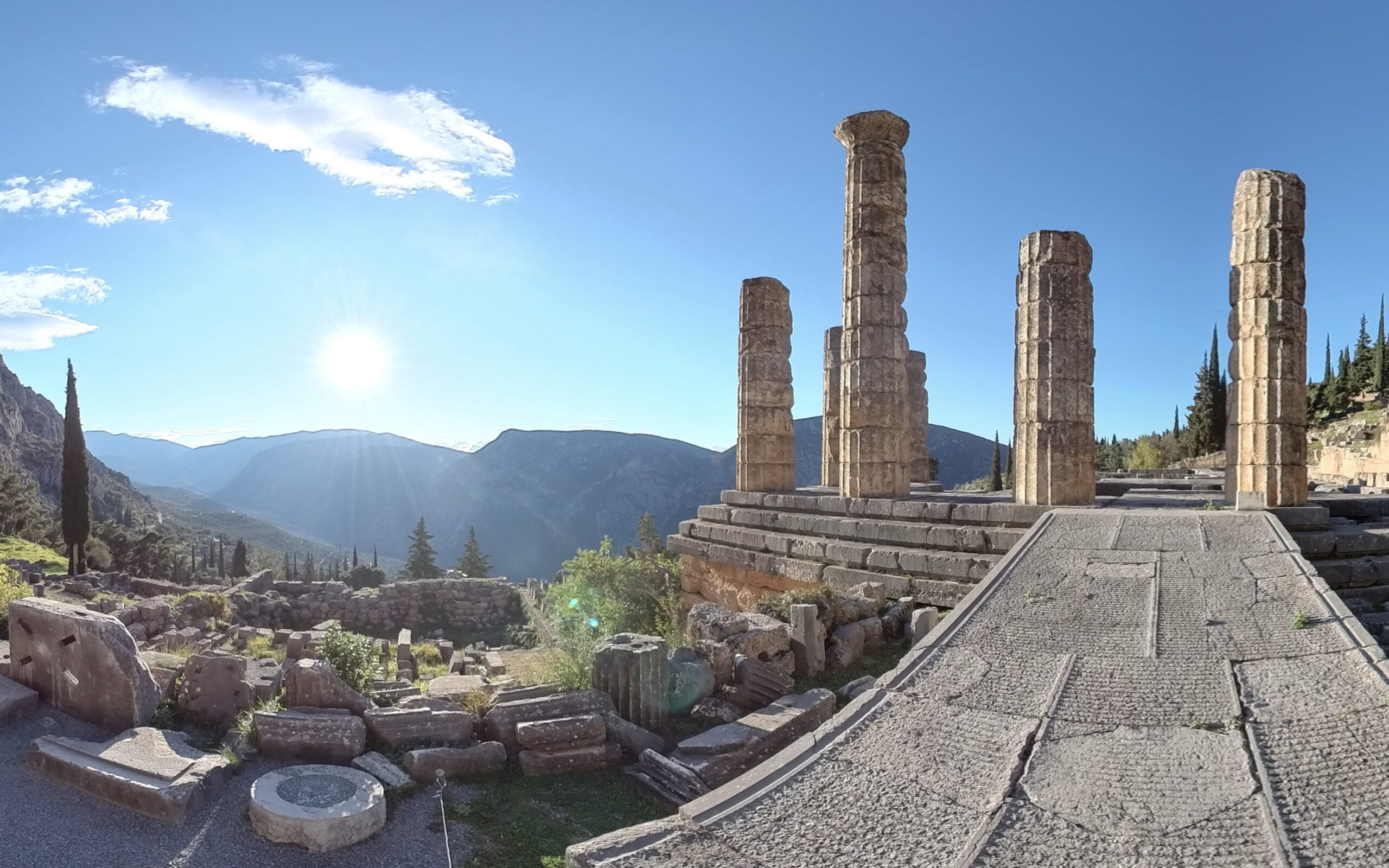An Interview with Thomas Flynn
Reader, one of the best new parts of the internet is the Spatial Heritage Review newsletter published by Thomas Flynn, covering the latest in 3d capture in cultural heritage technologies from museums, game publishers, and more around the world.
The SHR is important for our field to show the diversity of uses, from research to teaching, film, and gaming. It’s great to see it in a unified hub with monthly surveys of the new projects. I hope you enjoy it!
Also announcing our newest work: as the sun sets at Giza and Ra descends below the horizon, you find yourself swept down with him into the ancient Egyptian Netherworld. Through the 12 hours of the night, you solve puzzles in 3d captures of 12 real ancient Egyptian monuments to escape and be reborn in the next day.
Our latest work is coming to a Meta Quest headset and desktop near you soon! Sign up for playtesting here:
We’ll launch the first version on September 6 as a part of the Tiny Mass Games independent game collective. We need your feedback.
The Spatial Heritage Review by Thomas Flynn is covers each month, the “things happening at the intersection of cultural heritage + digital 3D, covering digitisation techniques, new 3D/XR publications, open access 3D data sets, events & conferences, tutorials, and more.” It’s a fascinating read showcasing the creativity of the community of builders.
I was able to get an exclusive interview with Thomas Flynn about his work at Sketchfab, the SHR, and what his vision for the future of 3d cultural heritage is.
LH: You’ve spoken often about the impact of cultural institutions sharing 3D captures of your data. What inspired you to work on this?
TF: 3D is simply another way to communicate information about a subject to a remote audience, just like 2D images, videos, or audio. Cultural heritage institutions have long used 2D photography for various purposes; 3D digitization is a natural extension of these efforts. A 3D model can offer better visual understanding of a given object, allowing viewers to see a subject from almost any angle, explore its materiality under different lighting conditions, and view it at scale e.g. in AR or VR.
When I started capturing heritage subjects in 3D at The British Museum, user-friendly photogrammetry apps and platforms like Sketchfab inspired me to apply these technologies to the objects I worked around every day. Now, 3D digitization is common, and the focus is on utilising and preserving 3D data effectively. It enhances traditional heritage activities like documentation and storytelling, while also introducing heritage collections to new frontiers like VFX, video games and 3D printing. It’s an exciting space to work in!
LH: The Spatial Heritage Review is incredible! What are your goals for publishing there? And who is the audience you’re trying to reach?
TF: Thank you! The main goal of the monthly newsletter and weekly 3D model collections is to celebrate and share the amazing digitization and creative work happening both inside and outside the heritage sector. I want to help people discover and be inspired by new 3D models, experiences, exhibitions, research papers, conferences, events, and everything else.
The audience for The Review includes heritage sector professionals, 3D and XR technology professionals, as well as anyone interested in technology, cultural heritage, education, and entertainment. It’s also a platform for sharing my personal projects, thoughts, and services with a like-minded audience.
LH: After making a 3D capture, there’s always the moment of “So what?” or “What do we do with the 3D scans now?” What’s your answer to them?
TF: A high-quality 3D model can be used in various scenarios: academic research, image and video rendering, physical replicas, exhibition preparation, online publishing, VR, AR, to name a few. The key is to ensure the 3D or spatial use case provides context for and enhances the story of the digitised subject. GLAM organisations (generally) focus on collective memory and storytelling, so 3D data should serve these activities.
To mitigate the “So what?” factor after capturing a 3D model , it’s important to ask, “Why are we doing this?” before any digitisation even begins. Valid reasons range from experimenting with technology to preserving cultural information for future generations. Understanding and establishing such a goal helps identify the best use(s) for the 3D data down the line.
LH: What’s the number one concern that more people who work in 3D cultural heritage should be talking about?
TF: There are actually many concerns ripe for discussion: digitization standards, data sustainability, peer knowledge sharing, interoperability, and skills development, among others. Luckily plenty of clever folks are already working on such topics, but there is room for more diverse voices to join the conversations.
At this time, I think the most important thing is for people to work openly, sharing techniques and discoveries to help the sector advance as a whole. The heritage space could also learn a thing or two from other 3D-intensive industries like VFX, video games, social platforms, and news organisations.
LH: You bring a unique perspective to the conversation, having worked at Sketchfab as the Cultural Heritage Lead. How can organisations best partner with gaming companies like Epic or leverage platforms like Sketchfab as a part of their outreach?
TF: Tools and platforms in the Epic Games ecosystem (Sketchfab, ArtStation, Fortnite, Unreal Engine, Twinmotion, etc.) have loads of potential use cases within heritage workflows, particularly in outreach and engagement.
Generally speaking, though, I think heritage organisations should establish their own 3D digitization, storage, and publication processes in-house (or at a regional or national level) as much as possible first, then begin exploring how commercial services can help to achieve their specific goals for 3D. For various reasons (budgets, staffing, time constraints, etc.) supporting certain activities is not always possible in-house and commercial platforms like Sketchfab can help fill the gaps.
Knowing what you want from a partnership is key, as is understanding what a service can and can’t do so it’s important to spend some time thinking and researching. When talking to heritage professionals about Sketchfab, I tended to frame it as a place to share 3D with online audiences, not as a data repository.
A simple first step towards a partnership might be to look up somebody who works at a company and reach out via email or social channels—most folks will be happy to hear from a potential cultural heritage partner and be able to begin discussions.
LH: What projects or organisations should we look out for this year in not only digitization but creative use of 3D captures in spatial heritage projects?
TF: Key areas to watch are:
1. Sustainability: Addressing the environmental impact of 3D digitization.
2. User Testing: Understanding audience expectations and feedback on 3D content.
3. Digitization Standards: Developing and adopting standards for 3D data interoperability.
4. Interoperability: Enabling cross-collection exploration of 3D data.
5. WebXR: Optimising 3D content for both screens and headsets to maximise audience reach.
6. 3D User Generated Content Platforms: Exploring development of cultural heritage experiences on platforms like Fortnite, Roblox, Snapchat, Instagram, Spatial, and VRchat.
7. NeRFs and Gaussian Splatting: Emerging 3D visualisation methods and their practical applications.
That’s it for this post, reader! Find Thomas on Spatial Heritage Review at https://nebulousflynn.substack.com/



